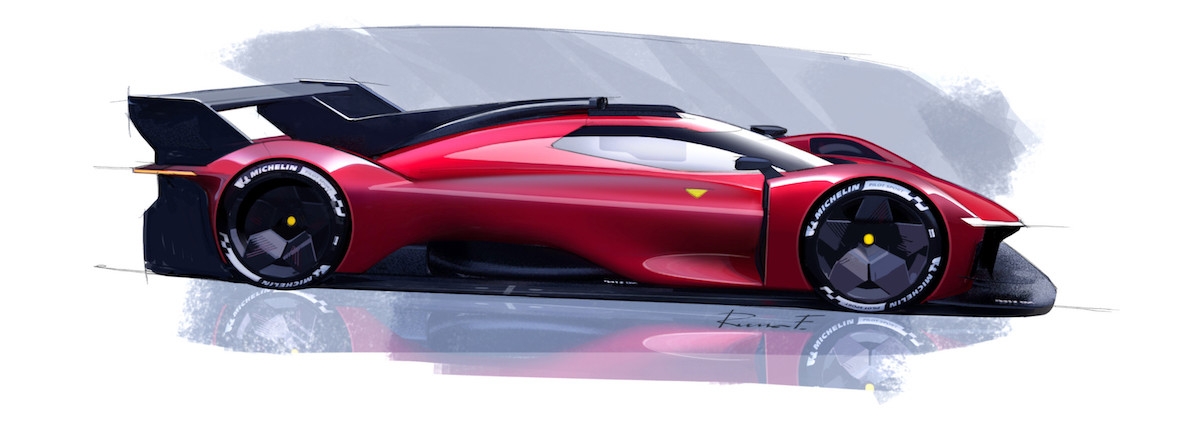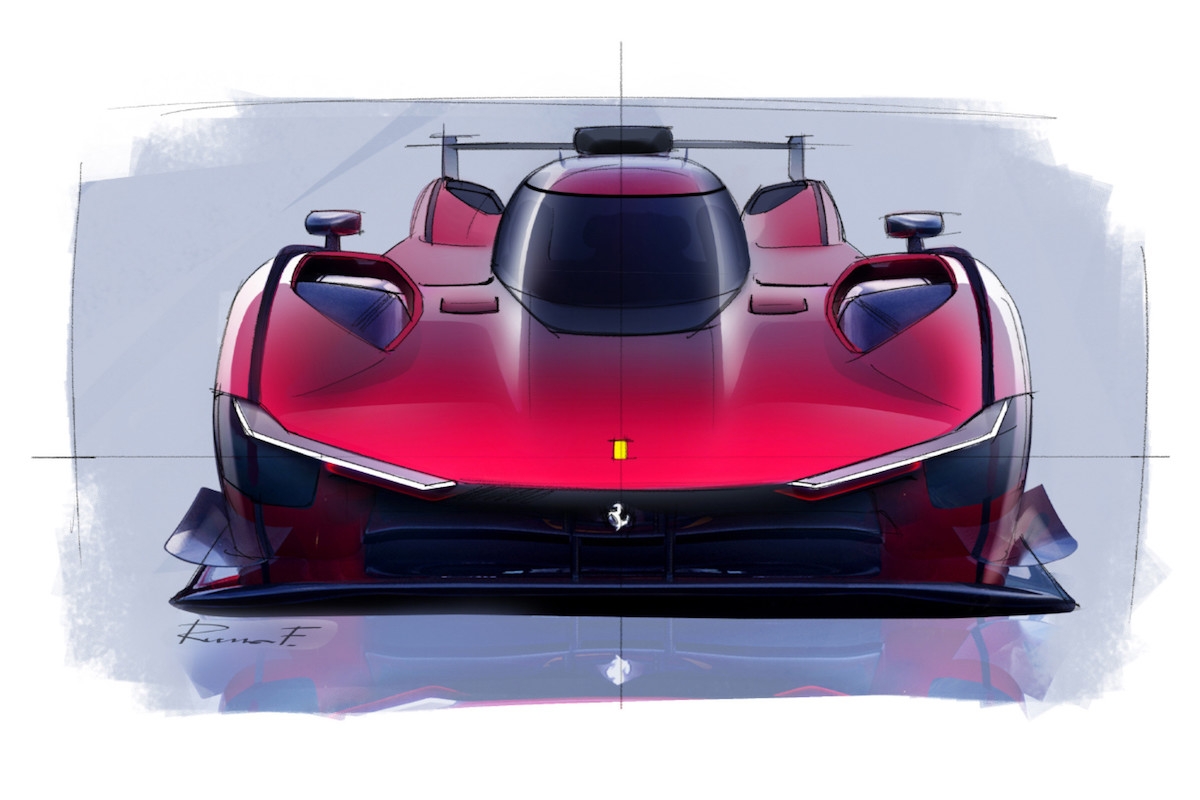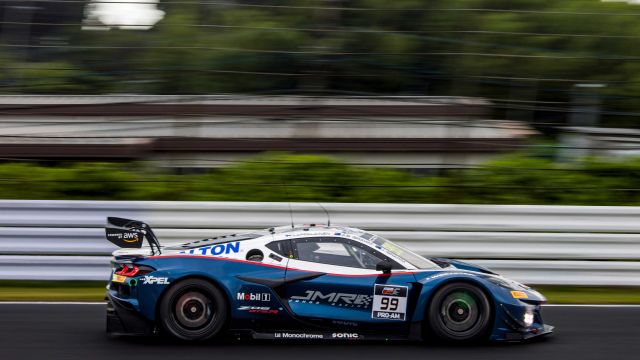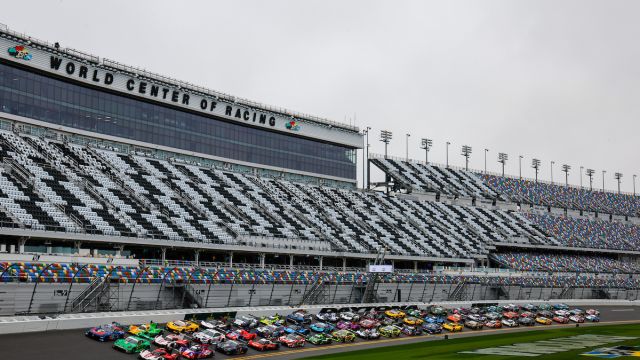Ferrari 499P : The design of the Hypercar
This project sought to create a Hypercar to race in the FIA WEC and a car, the 499P, that allowed different Ferrari teams to work together, developing the best possible synthesis of technical and stylistic requirements. It thus defined a paradigm that would later be the starting point for the Prancing Horse’s fashion collections.
Style and technology intersect in the design of the Ferrari Hypercar, as explained by Stefano Carmassi, Endurance Race Cars Programme and Technical Manager, Flavio Manzoni, Chief Design Officer, Carlo Palazzani, Head of Vehicle Rear Engine Exterior Design, Francesco Russo, Advanced Lead Designer, Silvia Cavallaro, Head of Colour & Trim, and Rocco Iannone, Lifestyle Creative Director.
Technology - The Ferrari 499P was created to compete in the FIA WEC, complying with the technical and sporting regulations of the top Hypercar class. From a blank sheet to its debut on the track, the car’s development involved “three main phases”, explains Stefano Carmassi, Endurance Race Cars Programme and Technical Manager: “One of exploration, one of convergence between the stylistic and technical possibilities with the expected race performance, and one of finalisation, when the track and homologation results produced the end result, a car that would compete in the 24 Hours of Le Mans.”

Collaboration - The synergy between the experiences of different company units allowed us to achieve the desired goal. “First, we had to understand the project boundaries without forgetting all the experience we had gained with the road cars,” explainsCarlo Palazzani, Head of Vehicle Rear Engine Exterior Design. “As modern designers, our strength derives from a range of software that allows us to communicate smoothly and effectively with the engineering department. And the result? A solid aesthetic-functional definition of the 499P’s overall volumes, which, also thanks to its Le Mans victory, helps make it a modern-day icon.”
Styling - Flavio Manzoni, Chief Design Officer, explains: “The challenge we set ourselves was to endow this car with an instantly recognisable design: we wanted the 499P to be the most beautiful Hypercar on the starting grid.” This goal involved the transfer of previous experience and new elements into a brand-new project. “Previously, we had experimented on cars designed for the track like the FXX K and its Evo version, trying to figure out the level of synergy we could create between designers and engineers,” Manzoni continues. “However, this was a different and even more challenging project because the 499P was designed to be a winning car.”
The starting point for the Ferrari Style Centre was the “technical version, state-of-the-art in technical and aerodynamic terms, a design that was pure functionality, performance, and compliance with homologation rules,” Flavio Manzoni explains. “So we worked to give the 499P that special touch that makes it instantly recognisable as a Ferrari.”
The powerful synergy between the technical and stylistic areas made it possible to capitalise on a well-defined path. “We enjoyed great interaction with the head of the 499P project, Antonello Coletta (Global Head of Endurance and Corse Clienti, Ed.),” says Manzoni, “and the creative and development project that we put together with Ferdinando Cannizzo (Head of Endurance Race Cars, Ed.) and his team was very interesting, with a high level of mutual understanding.”
Timeline - The Hypercar features clear references to Ferrari’s stylistic tradition. “The design concept focused on synthesising technology and function, using simple shapes and geometries, creating a harmonious contrast between two different formal languages we find in Ferrari’s DNA,” explains Francesco Russo, Advanced Lead Designer. “On the one hand fluid forms and sculptural volumes, on the other flatter surfaces and very taut lines. We can find an example of the former language in the cars of the 1960s, such as the 250 GTO, while the latter typified the 1970s. The 499P features this latter language in the rear, which ends in a taut, minimalistic and iconic luminous ‘blade’.”
Inspired by the 1970s, the 499P’s livery pays homage to the Ferrari 312 PB, the last car to compete in the top endurance class before this season’s return. “We reinterpreted that sport prototype’s livery to match perfectly with the lines of the 499P, emphasising its seductive forms while at the same time giving the car dynamism,” said Silvia Cavallaro, Head of Colour & Trim. “We developed a new colour for the 2023 season called ‘Rosso Le Mans’ red. The same shade was also used for this year’s Formula 1 single-seater, in this case in a matt finish. However, on the Hypercar, we opted for a high-gloss finish to ensure the best circuit performance, even during the night-time stages of endurance races. This particular red was combined with ‘Giallo Modena’ yellow.”

Collection - The Hypercar will be on the track during the World Endurance Championship events accompanied by a team dressed in a new uniform that, like the Ferrari spaces – from the garages to the hospitality area – closely resembles the car, creating a common language. “It all arose from a conversation I had with Antonello Coletta where we shared the goals of this partnership,” says Rocco Iannone, Ferrari Lifestyle Creative Director. “The 499P’s livery, with its strong, bold graphics, inspired the design of the uniforms. The project, in which the teams cooperated very closely, started from the graphic element and the colour combination of the livery, featuring a distinctive, very modern red and yellow.”
We see the synthesis of creativity and technical functionality in the uniforms of the drivers and the entire Ferrari – AF Corse team. “We worked with 8six400 to make the uniforms. They helped us with their technical expertise, working with materials and fabrics of a certified level of sustainability. It was also fascinating to talk to the Hypercar drivers, who gave us a lot of feedback and requests after the tests they carried out.” “Seeing their enthusiasm and enjoyment in wearing these garments is the biggest pleasure for their creators,” Iannone concludes.






Comments
Log in to comment the article